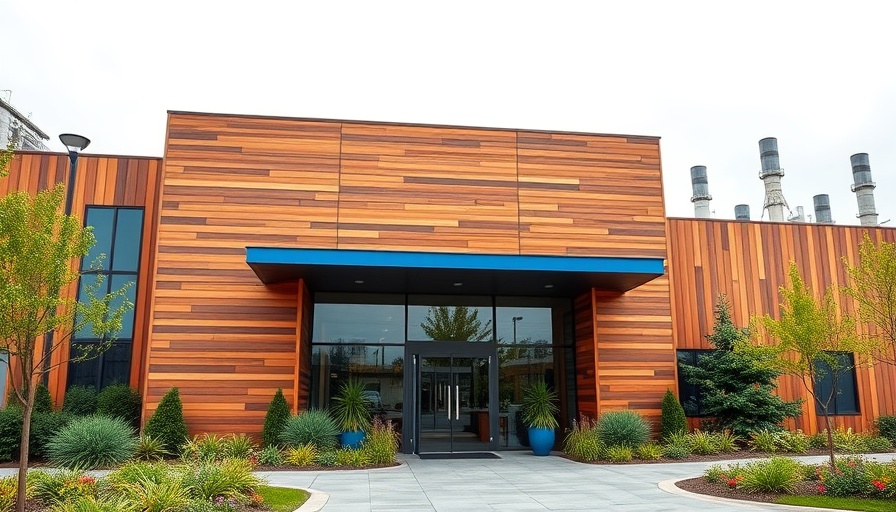
Prioritizing Worker Safety in Extreme Heat
The recent trends in climate change are leading all sectors, especially construction, to reevaluate their strategies regarding heat management. As summer heats up, contractors must understand the risk of dehydration, heat exhaustion, and heat stroke. Notably, states like Florida and California, where temperatures often surpass the century mark, have begun implementing stricter protocols to safeguard workers.
Curran Young Construction, based in Bonita Springs, Florida, is a frontline example of best practices. They adhere to rigorous heat safety protocols, particularly during peak summer months, underscoring the importance of effective preventative measures.
The Importance of Hydration and Regular Breaks
According to Tom Younger, general superintendent at Curran Young Construction, hydration is critical: workers are mandated to take water breaks every 15 to 20 minutes. The inclusion of electrolyte drinks sponsored by the employer aids recovery during strenuous work. This strategy not only helps laborers maintain energy levels but significantly reduces the risk of heat-related illnesses.
Moreover, the company has established shaded recovery areas, along with cooling stations featuring fans and misting systems. These initiatives play a vital role in ensuring that the workforce can recover adequately and continue performing efficiently, even under daunting weather conditions.
Implementation of Technology in Heat Management
Additionally, technology is becoming critical in heat-related worker safety. Implementing portable air conditioning units and monitoring weather conditions through digital systems equip managers like Younger with up-to-date information to protect employees better. Such measures are not only innovative but contribute to higher employee morale and productivity—an essential aspect for cost-conscious business owners in the sector.
Future Trends in Construction Safety Protocols
As the industry moves forward, we can expect a broader adoption of comprehensive safety protocols. This includes both the physical measures taken on-site, as demonstrated by companies like Curran Young Construction, and the procedural aspects, such as mandatory training for new employees regarding heat safety. These changes will not only help mitigate immediate health risks but position businesses as leaders in worker welfare, something increasingly valued by clients and stakeholders alike.
Ultimately, the fusion of worker safety with innovative practices is crucial in navigating the challenges posed by extreme weather conditions. As heat indices rise, prioritizing employee health through actionable strategies can greatly impact a company's reputation and profitability.
 Add Row
Add Row  Add
Add 




Write A Comment